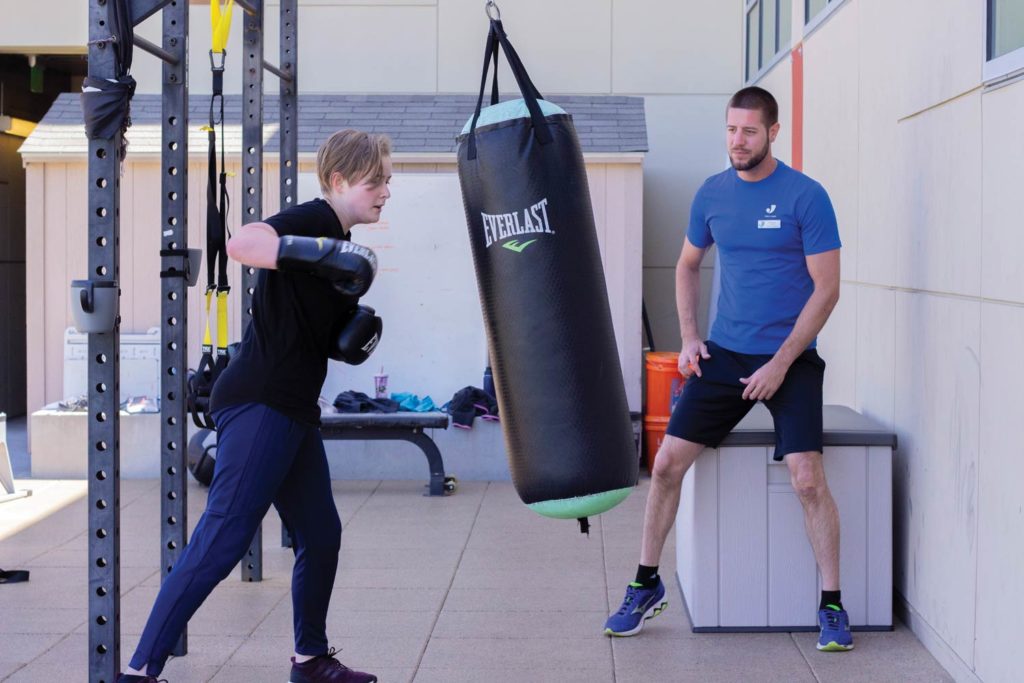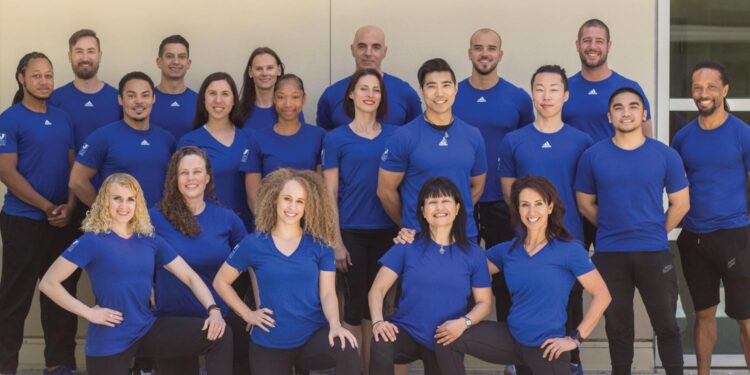Offering personal training at your facility provides more programming options for your members and revenue for your facility. Below, we’ll explore some of the best practices for maximizing your personal training offerings from experts in the industry:
Staff Retention
Proper training, continued education and care of your staff result in better trainer retention. When members are able to establish a connection with the same staff member, they are more likely to stick with your facility and personal training program.
“It is so important to connect with your client on a personal level so they can feel comfortable around you and trust you,” said Ariel Chivers, the senior program director for the Four Townes Family YMCA in Deltona, Florida. “The trainer has to be right for the client and build rapport, and the client must be able to communicate injuries or discomfort.”

Additionally, making your trainers and their accomplishments available for members to see not only markets your programs well, but it helps to establish that connection. “We have a wall of pictures of our trainers, highlighting their special skill sets,” said Terry Santoro, the fitness director at the Schenectady JCC in Schenectady, New York. “All of our trainers are required to maintain their certifications, and there is nothing worse than having someone interested in personal training and not having a trainer available.”
Sales and Marketing
For some members, the cost of personal training can be what keeps them from joining a program. One way to help members get a foot in the door is to offer referral programs and sales.
“We seem to generate a lot of new clients when we offer a personal training sale,” said Santoro. “Members who utilize it have a need for it — my challenge is getting people to see the benefit in personal training.”
At other times, the cost may not always be the issue for members — it could be trying something new for the first time. This is where a referral program is helpful. Members are more likely to try a program if it’s recommended to them by someone they know or if they are able to try their first session with no commitment.

“Create a referral program where the barrier to try a session is free or very low cost, but still pay the trainer to service the session,” suggested Bonnie Patrick, the fitness and personal training manager for the Oshman Family JCC in Palo Alto, California.
In conjunction with establishing a connection to members, the marketing techniques you employ can have an effect on whether a member signs up for your program or not. “Marketing for our programs includes having paper flyers posted at the facility and digital marketing on social media,” said Chivers.
Not to be overlooked is the opportunity to market outside your facility as well. “We try to market internally but also in the community,” said Santoro. “It is hard to build a business if people don’t know what you offer.”
Social media is a great way for trainers to engage with members and spread word of your program in the community.
“Invest in community events for your members like fun fitness challenges, T-shirt prizes for meeting goals, free workshops led by your trainers, small and large group training programs, opportunities to give back, new equipment, and most importantly, listen and take action on the feedback your members and staff give you,” elaborated Patrick.
Handling Concerns
Often, one of the concerns personal trainers run into is a lack of space to work with clients due to facility layout. The way you handle concerns and mishaps is crucial to the integrity of your program, and is perhaps just as important as the quality of the personal training.
“As I have grown the training team and our membership has grown, our trainers find it difficult at times to find space on the fitness floor for their clients to get the full workout,” said Patrick. “This is why we developed an outdoor space and overflow areas inside. We also removed many pieces of equipment from our fitness floor to help.”

Other than layout, competing with other fitness facilities in the community that offer similar training programs can be a challenge. To combat this concern, brainstorming unique offerings is beneficial.
“Offer a diverse range of programs, such as boot camps, small group trainings, 30-minute, 45-minute and hour personal training sessions,” suggested Chivers. “Offer specialty classes specific to teens or for pregnant moms — fitness should be fun and effective.”
Lastly, a crucial aspect to the success of any personal training program is the understanding of teamwork between the trainer and member. “It’s OK if you can’t please everyone — some personal trainer and client relationships are not meant to be,” said Chivers. “It is the trainer’s job to motivate, add variety, be consistent, make the client accountable, be organized and provide feedback. The client must be willing to be on time, show up willing to work and not be afraid to ask questions.”
Furthermore, to maximize your personal training offerings, it’s good to set clear expectations with trainers and the department as a whole. This can promote staff retention, save marketing time and prevent misunderstandings.










